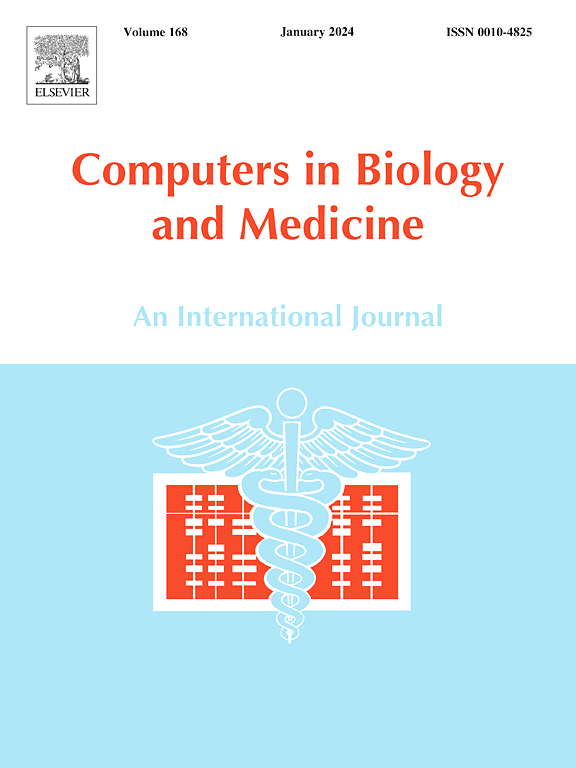HistoMSC: Density and topology analysis for AI-based visual annotation of histopathology whole slide images
IF 7
2区 医学
Q1 BIOLOGY
引用次数: 0
Abstract
We introduce an end-to-end framework for the automated visual annotation of histopathology whole slide images. Our method integrates deep learning models to achieve precise localization and classification of cell nuclei with spatial data aggregation to extend classes of sparsely distributed nuclei across the entire slide. We introduce a novel and cost-effective approach to localization, leveraging a U-Net architecture and a ResNet-50 backbone. The performance is boosted through color normalization techniques, helping achieve robustness under color variations resulting from diverse scanners and staining reagents. The framework is complemented by a YOLO detection architecture, augmented with generative methods. For classification, we use context patches around each nucleus, fed to various deep architectures. Sparse nuclei-level annotations are then aggregated using kernel density estimation, followed by color-coding and isocontouring. This reduces visual clutter and provides per-pixel probabilities with respect to pathology taxonomies. Finally, we use Morse–Smale theory to generate abstract annotations, highlighting extrema in the density functions and potential spatial interactions in the form of abstract graphs. Thus, our visualization allows for exploration at scales ranging from individual nuclei to the macro-scale. We tested the effectiveness of our framework in an assessment by six pathologists using various neoplastic cases. Our results demonstrate the robustness and usefulness of the proposed framework in aiding histopathologists in their analysis and interpretation of whole slide images.

求助全文
约1分钟内获得全文
求助全文
来源期刊

Computers in biology and medicine
工程技术-工程:生物医学
CiteScore
11.70
自引率
10.40%
发文量
1086
审稿时长
74 days
期刊介绍:
Computers in Biology and Medicine is an international forum for sharing groundbreaking advancements in the use of computers in bioscience and medicine. This journal serves as a medium for communicating essential research, instruction, ideas, and information regarding the rapidly evolving field of computer applications in these domains. By encouraging the exchange of knowledge, we aim to facilitate progress and innovation in the utilization of computers in biology and medicine.
 求助内容:
求助内容: 应助结果提醒方式:
应助结果提醒方式:


